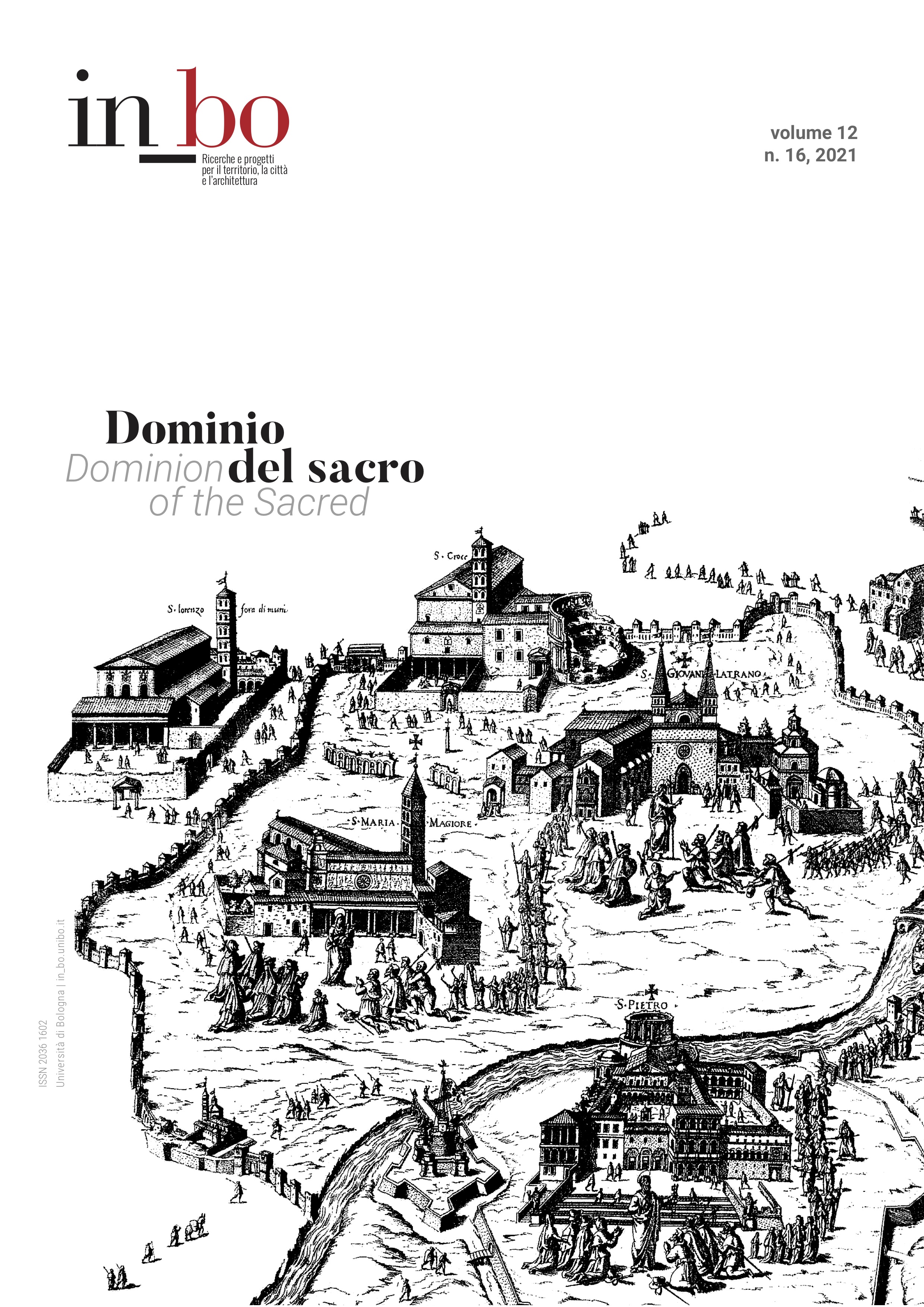The Granada of Ambrosio de Vico: Imago Urbis between Myth and Reality
DOI:
https://doi.org/10.6092/issn.2036-1602/12771Keywords:
Granada, Sacormonte, Ecclesiastical history, Ambrosio de Vico, Vico's PlataformaAbstract
The aim of this paper is to analyse the cartographic corpus drawn up by Ambrosio de Vico at the end of the 16th century for the unpublished Historia Eclesiástica de Granada, by Antolínez de Burgos, and in particular the famous engraving Plataforma de la Ciudad de Granada. It is a perspective view that summarizes the political-religious situation of the city during the second half of the 16th century: the desperate attempt by the municipal authorities for restoring to Granada the prestige it had acquired with the Reconquista (1492), the rigorous religious policy of Felipe II and the incisive effects of the Counter-Reformation culture on the city, with theological images as well as urban and architectural operations aimed at channeling the Tridentine dogmas.
This paper continues the research line related both to the history of cartography and to the modern history of Granada, undertaken by Moreno (1984, 1989), Barrios (2000), Calatrava and Ruiz Morales (2005), and Harris (2006, 2007), focusing on demonstrating that Vico's cartographic work managed to synthesise two complementary urban realities: the physical one and the symbolic-ideological one, in order to build – and not simply represent – the transcendent image of a utopian Granada renewed according to the Castilian ideas and finally freed from Islam.
Downloads
Published
How to Cite
Issue
Section
License
Copyright (c) 2021 Ana Del Cid Mendoza

This work is licensed under a Creative Commons Attribution-NonCommercial 3.0 Unported License.





